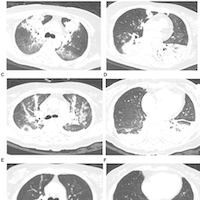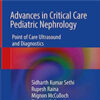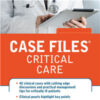You Can Get Sick From Germs on Hospital Floors
verywellhealth.comWhen you enter the hospital, probably the last thing that you’re thinking about is the floors. However, an emerging body of research suggests that hospital floors are covered with bacteria and could serve as a potential source of infection. Even if people don’t directly touch the floors, other things that patients, visitors, and staff routinely touch are in contact with the floor.
Thus, it’s a good idea to minimize your interaction not only with hospital floors, but also things that touch hospital floors (e.g., shoes, socks, and wheelchair wheels) and high-touch surfaces (e.g., call buttons, doorknobs, and bed rails). By minimizing your interaction with these things and cleaning your hands often, you can limit your risk of infection and the risk of spreading infection to others.
In the study, the researchers cultured 120-floor sites among four Cleveland-area hospitals. They found the following:
- 22% of the floor sites were positive for methicillin-resistant Staphylococcus aureus (MRSA)
- 33% of the floor sites were positive for vancomycin-resistant enterococci (VRE)
- 72% of floor sites were positive for Clostridium difficile (C. difficile)
- 1.4 high-touch objects on average were in contact with the floor
- 24% of high-touch objects were contaminated with more than one pathogen
- 57% of contaminated objects in contact with the floor transferred pathogens (bacteria) to hands















